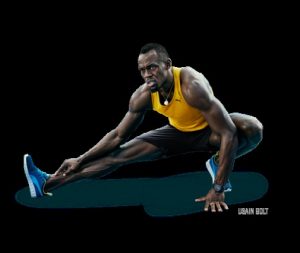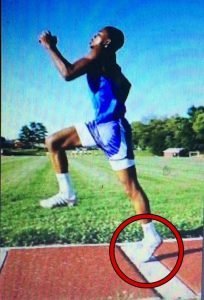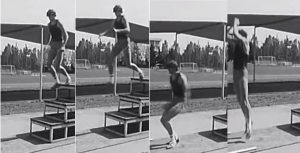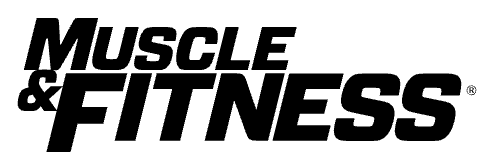Stiffness…good or bad for athletes?
Like many coaches I find myself giving out various technique cues throughout a session. Intrinsic prompts like, “Push through your glutes,” and extrinsic reminders such as, “Run away from the line.” If you can think of it, I’ve probably said it to the athletes I train. Recently, I was speaking with an athlete about the importance of joint stiffness in the ankles when running. He heard me say stiff and immediately commented, “I thought being stiff was a bad thing?” I replied, “Well, it depends… and I think I need to blog about this.” Based on the context, stiffness can be either a bad quality, or an extremely important factor in moving athletically.When most people think of “stiff” or “tight” in regard to athleticism it’s usually spun in a negative connotation. The best runners and jumpers are usually lithe, supple, and graceful. Their movements are fluid, their limbs are stretchy, and the last word you would use to describe them would be stiff.

The world’s fastest man looking pretty limber here
Or would it? Take a closer look at what their legs do on contact before that powerful jump, effortless cut, or dynamic sprint. There isn’t a ton of give through their leg on touch down, especially in their lower limb (foot and ankle). The foot violently hits the ground, barely yields, and then rockets the athlete on to the next movement.
People hear stiff and immediately associate it with a malady or hindrance to performance. In the NBA being labeled a stiff conjures up images of Gheorghe Muresan and Manute Bol, both giants who could barely tie their shoes without looking like they might pull something. This super inflexible, tin man look is classified as stiffness as a physical feature. We don’t want that. Being able to move your joints through a full range of motion is critically important in getting strong and staying healthy. But what we do want is resilient, robust joints that can propel the body explosively. This would be stiffness as an ability.

Stiffness as a physical feature

Stiffness as an ability
In a perfect world we would have a blend of mobility and flexibility as a physical feature, and positional joint stiffness as an ability. If you have both you could twist like Barishnakov and jump like Lebron. Your body could use that stiffness when needed, and still be able to stretch, bend, and get into athletic positions.

It’s true
Still not sold on this stiffness thing? Try this analogy I use when communicating this concept to my athletes. Think of a fully inflated basketball. The outside texture doesn’t have any give to it. You squeeze it, and it doesn’t collapse under the force of your hands. Now think of a half inflated basketball. A slight push will distort the ball easily. There’s no push back or stiffness to the ball itself. Now, which one bounces higher? The inflated one of course! The balls ability to not collapse on itself and bounce high is exactly the sort of quality we want out of our athletes. Their leg hits the ground, they stay solid and stiff, and they bounce on to that next step or jump.
Below I have listed three easy things you can do to help increase your own lower leg stiffness:- Standing and seated calf raises- A often overlooked exercise, the standing (gastroc) and seated (soleus) calf raises work your toes, feet, ankles, and both calf muscles in ways you don’t get out of bigger compound movements. The ability for these lower leg muscles to resist force is critical in delivering a blow into the ground when running or jumping.
- Run Shoe-less- Keep it primal and work those feet the way they were intended. But, be conscious of the surface. Cavemen didn’t have blacktop to contend with while chasing the wily antelope on the African Savannah. I would make a point of running shoe-less on field turf or softer grass. Those surfaces are much friendlier on the body than flying up and down the pavement sans shoes. The beauty of running shoe-less is that it can almost instantly fix up any heel striking issues, and the lack of cushioning from shoes requires the whole foot, ankle, and achillies to adapt to the stressors of running free footed. The more robust the foot and ankle become, the springier you will be once that adaptation takes place.
- Jump or better yet, land- Jumping is a fantastic way to develop full body power, coordination, and reactivity. But it’s the landing that really can provide positive adaptations in the lower limb and beyond. On every landing in a jump your foot can either hit the ground stay solid and jump again (think of the basketball analogy) or it can collapse on itself and lose the ability to use that descending force. The higher the fall, the greater the force. That’s a big reason why many coaches love altitude drops and depth jumps. Both exercises introduce impacts on the body you cant get with traditional barbell exercises alone.

depth jumps are a great option for developing foot and ankle stiffness


